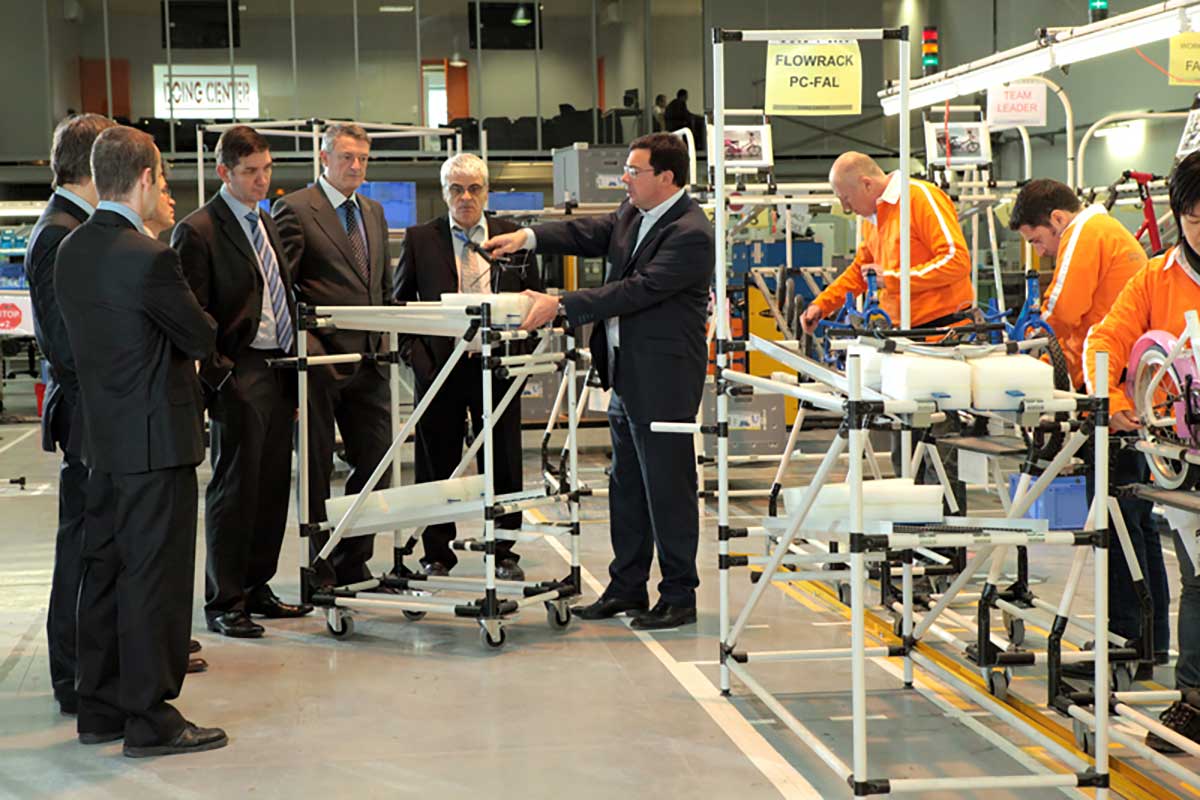The Navy has a problem – only 47% of their jets could fly right now. 47% operational readiness = 53% aircraft on ground. 53% of a potential resource unable to be used for the intended purpose.
It’s not only the jets. There is also a backlog of ship refits. From DefenseNews, “Overhauls — “availabilities” in Navy parlance — are being canceled or deferred, and when ships do come in they need longer to refit. Every carrier overall for at least three years has run long, and some submarines are out of service for prolonged periods, as much as four years or more.”
The question at the center of this problem is budget, but the lessons related to maintenance, repair, and overhaul are a valuable reminder.
Maintenance, repair, and overhaul (MRO) is one of the most complicated processes to manage well. It is a discipline all to its own that requires specific management practices, organization capabilities, hands on skills, and capital resources. When not run as planned, or run as maintenance only without needed repair and overhaul steps, problems go undiscovered.
Preventative maintenance / TPM is a boring yet critical standard practice. It’s probably one of the things you know you should be doing right now, but aren’t.
It offers no immediate impact and often creates no change identifiable by anyone other than the maintenance tech and the equipment operators. Everything just keeps working like it should, and a little bit better than it was. When applied consistently over time, TPM can have a huge impact on overall equipment life – reducing capital expenditures (CapEx), creating machine improvement opportunities, and improving cash flow.
Practicing preventative maintenance is hard. Not because it’s strenuous, but because it is constant, repetitive, and required. However, due to a lack of discipline, poor management, reduction of personnel, failure to understand, or assorted other issues, it is often either forgotten or checked off with no action – required, yet not completed.
Use this reminder to review your preventative maintenance practices.
- Are they being truly followed and completed with diligence?
- Consider how you connect maintenance (preventative and reactive) with repair and overhaul.
- What could be the impact of reduced equipment downtime and longer life?
- What is the downside impact of delayed maintenance or delayed issue resolution?




